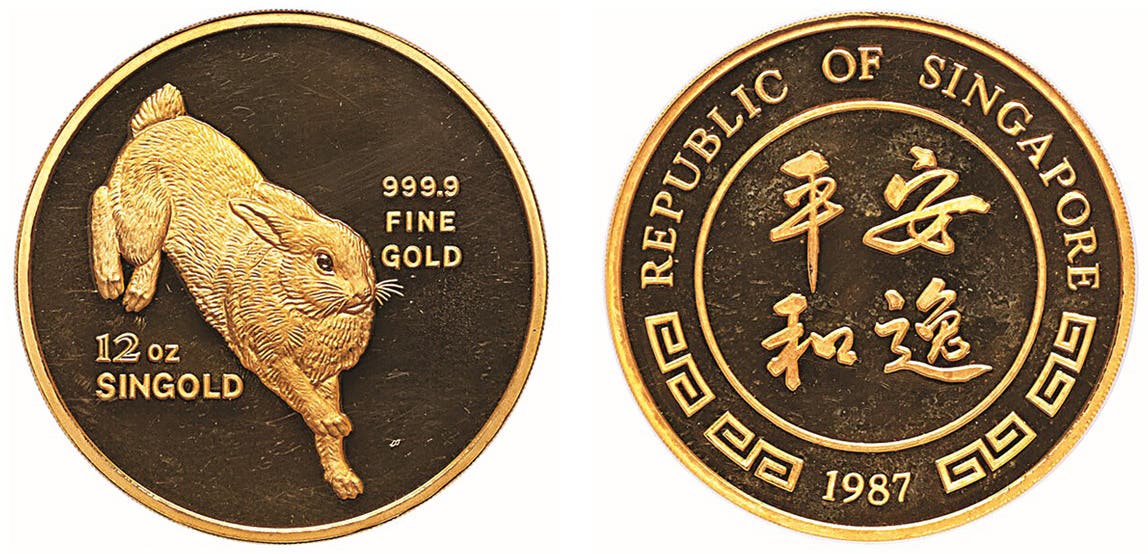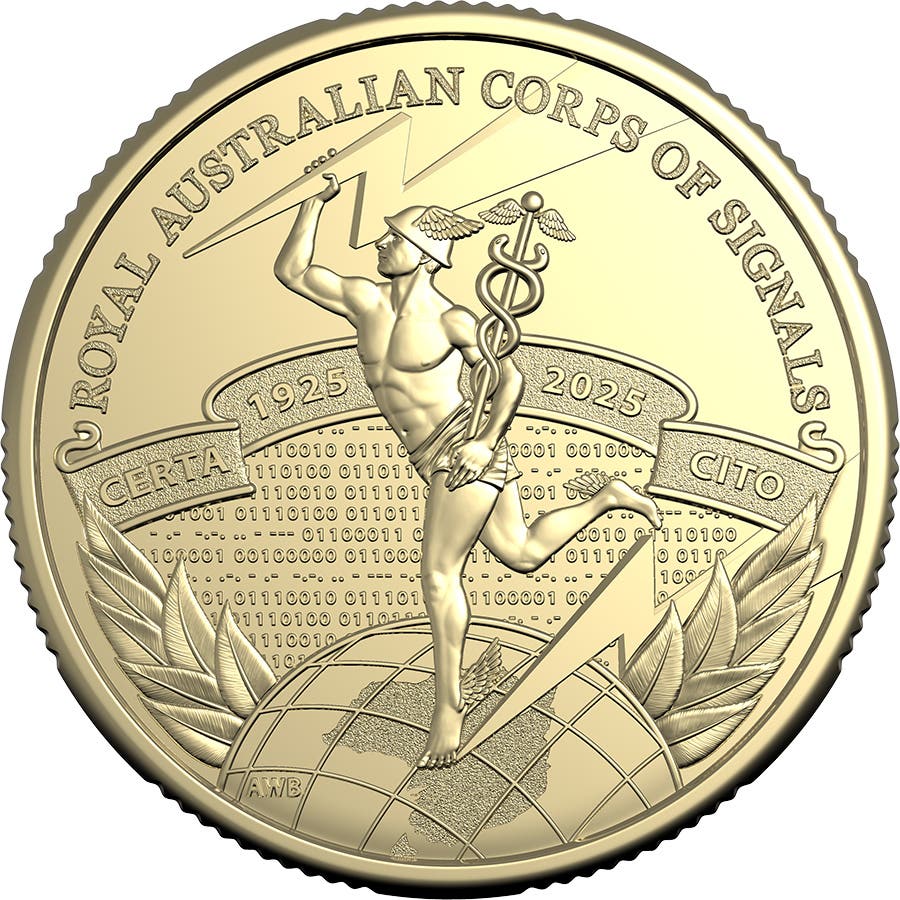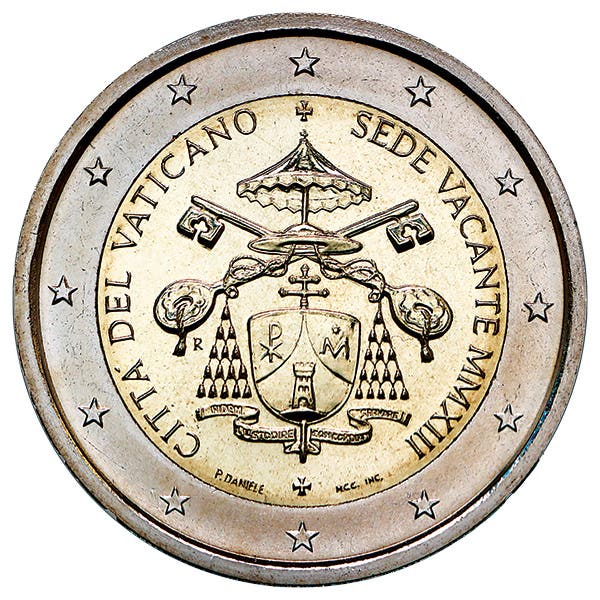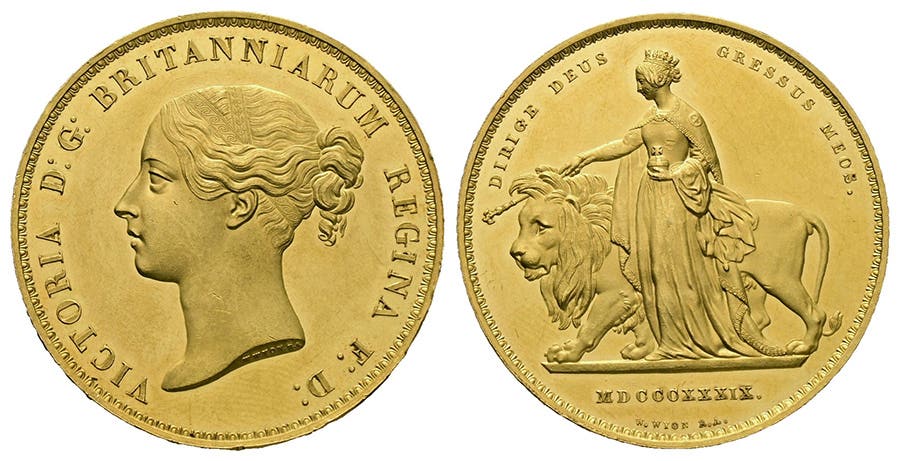1-, 2- Cent Euros May Be Dead
By Richard Giedroyc The European Union is considering phasing out its smallest of small change coins, the 1- and 2-cent euro denominations. A recent work program for 2020 presented to…
By Richard Giedroyc
The European Union is considering phasing out its smallest of small change coins, the 1- and 2-cent euro denominations.
A recent work program for 2020 presented to the European Commission uses a 2018 study indicating there is no EU currency union member country in which a majority of the citizens favor keeping the two denominations.
The presentation, for that reason, proposes “uniform rules for rounding prices” through which it would become easy for any participating country to cease using the coins entirely. The document includes a statement reading: “A possible proposal would introduce common rounding rules to address the challenges related to the use of 1- and 2-euro cent coins.”
Swedish Rounding or Cash Rounding as the method is called was first introduced in Sweden in 1972 for use in cash transactions exclusively. The rounding was not to be used when someone paid with an alternate financial vehicle such as a check or credit card. Sweden is a member of the European Union but has not, however, participated in the EU’s currency union.
Rounding prices to the nearest five cents either up or down is a way of avoiding inflationary prices that would occur if merchants simply rounded all prices up. By rounding prices this way, the two smallest EU coin denominations no longer serve a purpose in cash transactions. Swedish rounding is already compulsory in several currency union countries including Belgium, Finland, the Netherlands, Ireland, and Italy.
The proposal is a cost-saving measure. A Jan. 30 post by the English language website The Connexion, which is about France, reported an estimated 36 billion coins of these two denominations currently in circulation. It is estimated EU currency union countries could save about €1.4billion (about $1.54 billion USD) in the manufacture, transportation, and accounting costs if the use of the coins were to be discontinued. The Connexion reported the commission indicating the coins “are expensive to produce because of the cost of raw materials, the striking of coins, and the transport.”
The EU currency union was introduced in 1999. Since that time the only change to the currency system has been the discontinuation of the €500 bank note. The note remains as legal tender, however, and is being phased out due to the possibility of it being used by criminals and anyone seeking to avoid the detection of the transfer of large amounts of cash.
There has been discussion of discontinuing the two lowest denomination coins since 2013. The current proposal was introduced by EU President Ursula von der Leyen as one of many cost-saving measures also meant to help cut bureaucracy.
France is considering invoking mandatory Swedish rounding regardless of the EC’s decision. On the other hand, Germany is resisting withdrawing the coins due to the heavy use of the denominations in circulation. Germany uses more physical cash for financial transactions than any other EU currency union member. Estonia is also resisting the idea, having recently increased the number of these coins in circulation.
Each of the two coins in question is composed of copper-coated steel and has a smooth edge. The 1-cent euro coin has a weight of 2.3 grams and a diameter of 16.25 mm. The 2 cent euro has a weight of 3.06 grams and a diameter of 18.75mm.
EU coins and bank notes now circulate in Andorra, Austria, Belgium, Cyprus, Estonia, Finland, France, Germany, Greece, Ireland, Italy, Latvia, Lithuania, Luxembourg, Malta, Monaco, Montenegro, the Netherlands, Portugal, San Marino, Slovakia, Slovenia, Spain, and Vatican City.
All coins have an EU and a national side. A design chosen by the participating country appears on the national side, with a standard EU design on the other. Bank notes are uniform in appearance but include a code letter before the serial number identifying the country where the note has been printed.








